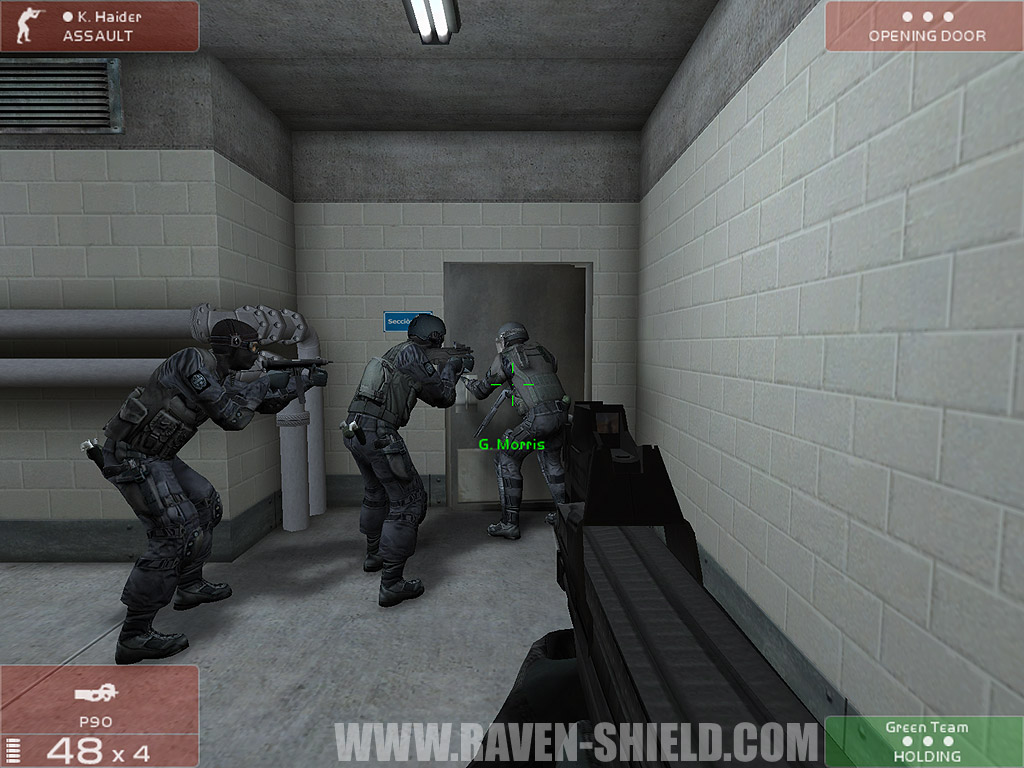PC (PC) cheats, cheat codes, guides, achievements, unlockables, easter eggs, glitches, hints, and more. CheatCodes.com has more content than anyone else to help you win all PC (PC) games!
The 15-hole triangle peg board game is a modern version of a game that has been played in Europe since the end of the 17th century. In the United States, Herbert M. Smith patented a triangular version of the game in 1891. It is also known as peg solitaire or the Cracker.
- This page contains a list of cheats, codes, Easter eggs, tips, and other secrets for Peg-Leg for Macintosh.If you've discovered a cheat you'd like to add to the page, or have a correction, please.
- The board is a triangle that measures 4' tall and 4 1/2' wide, it has 15 holes and 14 pegs, comes with a cheat sheet. The object of the game is to jump one peg at a time and remove it, keep doing this until all but one peg is left. Fun one player game. Choose from the games shown in the photos, they are numbered.
We're not just about console gamers. PC gamers will love our full collection of cheats for Windows and PC games, including mods and hacks for popular titles.
We're always on the lookout for the newest content for PC gamers, so check CheatCodes.com first before booting up and whipping out your joystick!
Choose the starting letter for the PC game you're looking for, or browse our most popular games and cheats for PC.
Most Popular PC Games
Latest Added PC Games
Introduction
PEG: A Three-Item Scale Assessing Pain Intensity and Interference1. Pain Level on Average Past Week
1. What number best describes your pain on average in the past week?2. How Pain has Interfered
What number best describes how, during the past week, pain has interfered with your enjoyment of life?3. How Pain Interfered with General Activities
What number best describes how, during the past week, pain has interfered with your general activities?Computing the PEG Score
To compute the PEG score, add the 3 responses to the questions above, then divide by 3 to get a final score out of 10.The final PEG score can mean very different things to different patients. The PEG score, like most other screening instruments, is most useful in tracking changes over time. The PEG score should decrease over time after therapy has begun
Checklist
When CONSIDERING long-term opioid therapySet realistic goals for pain and function based on diagnosis (e.g, walk around the block).
Check that non-opioid therapies tried and optimized.
Wooden Pegs For Games
Discuss benefits and risks (eg, addiction, overdose) with patient.Evaluate risk of harm or misuse.
• Discuss risk factors with patient.
• Check prescription drug monitoring program (PDMP) data.
• Check urine drug screen.
Set criteria for stopping or continuing opioids.
Assess baseline pain and function (eg, PEG scale).
Schedule initial reassessment within 1– 4 weeks.
Prescribe short-acting opioids using lowest dosage on product labeling; match duration to scheduled reassessment.
If RENEWING without patient visit
Check that return visit is scheduled ≤ 3 months from last visit
When REASSESSING at return visit
Continue opioids only after confirming clinically meaningful improvements in pain and function without significant risks or harm.
Assess pain and function (eg, PEG); compare results to baseline.
Evaluate risk of harm or misuse:
• Observe patient for signs of over-sedation or overdose risk.
– If yes: Taper dose.
• Check PDMP.
Wood Game Pegs
• Check for opioid use disorder if indicated (eg, difficulty controlling use). – If yes: Refer for treatment.
Check that non-opioid therapies optimized.
Determine whether to continue, adjust, taper, or stop opioids.
Calculate opioid dosage morphine milligram equivalent (MME).
• If ≥ 50 MME/day total (≥50 mg hydrocodone; ≥ 33 mg oxycodone),
 increase frequency of follow-up; consider offering naloxone.
increase frequency of follow-up; consider offering naloxone. • Avoid ≥ 90 MME /day total (≥ 90 mg hydrocodone; ≥ 60 mg oxycodone),or carefully justify; consider specialist referral.
Schedule reassessment at regular intervals (≤ 3 months)